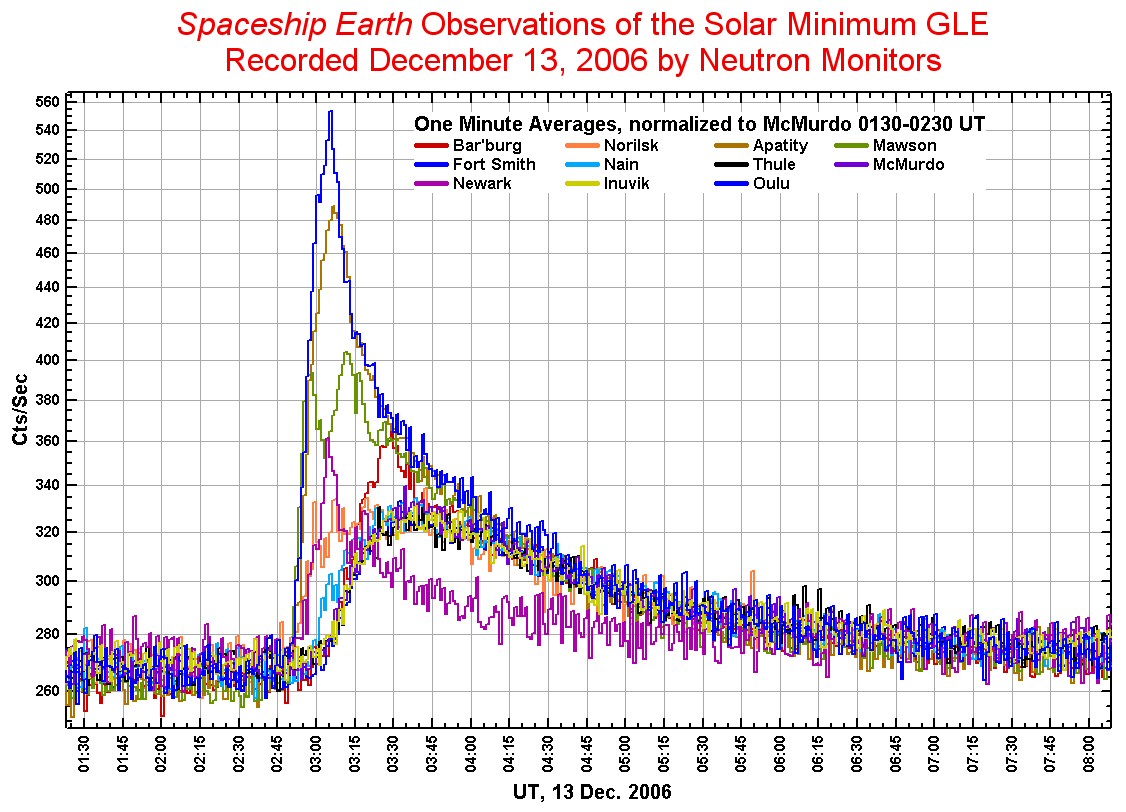Ground level enhancement (GLE) is a process by which the Earth’s surface is artificially enhanced. The most common form of GLE is the construction of dams and levees to prevent flooding, but other forms include the creation of artificial islands and the planting of trees.
GLE can be used to protect against natural disasters such as floods, hurricanes, and earthquakes. It can also be used to improve the environment by creating new habitats for wildlife or increasing food production. Additionally, GLE can be used for recreation, such as building hiking trails or creating beach access points.
There are many different methods of GLE, and the most appropriate method depends on the specific location and goal. For example, damming a river may be necessary to prevent flooding downstream, but it could also create an ideal location for fish breeding upstream. Similarly, planting trees on a slope can help stabilize the soil and prevent landslides, but it could also provide shade and wind protection for homes at the bottom of the slope.
The decision to implement GLE should be made carefully, as there can be unintended consequences. For example, damming a river can cause problems downstream if the released water is too cold or full of sediment. Additionally, GLE projects can be expensive and require ongoing maintenance. As such, it is important to consider all potential impacts before deciding whether or not to proceed with a particular project


